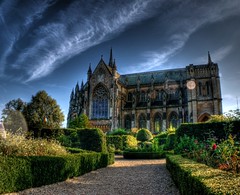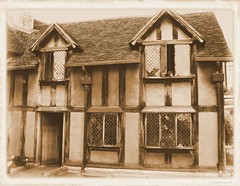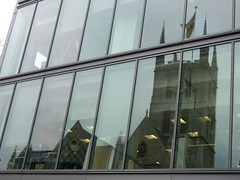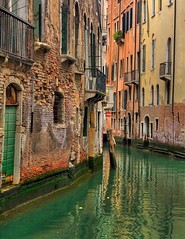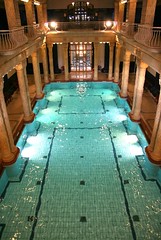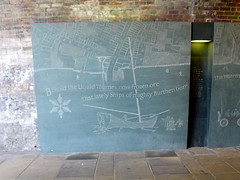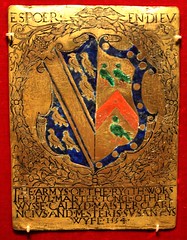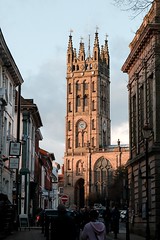 Question of the week: Is there a day-trip destination outside London that you'd like to recommend?
Question of the week: Is there a day-trip destination outside London that you'd like to recommend? "Warwick is about 90 minutes away by train, and is the home to one of the best castles in England. The first military building on the site was ordered in 914, by Ethelflaed, Lady of the Mercians, as a defensive structure against the Vikings. The site grew and developed until for the next 400 years, until the mid-14th century when building on the existing castle began. While the buildings have remained structurally similar, the castle now boasts a number of activities and displays that chronicle the changes that took place over its long history.
If the castle isn't your thing, Warwick still has a lot to offer - St. Mary's Church is worth a visit, as is the Lord Leycester Hospital - built to house retired soldiers during the reign of Elizabeth I. The Hospital and its grounds have been used in lots of films and TV shows as a backdrop (including in an episode of Dr. Who - one of James' favourite programmes).
There are lots of other things to do in Warwick, including eating in one of the nice pubs or restaurants around the town, or visiting some of the many antique shops. It's a nice town, and a visit will show you what England outside of London can be like!"
- Kris
* Photo by Dean Ayres, used under Creative Commons, with thanks.
